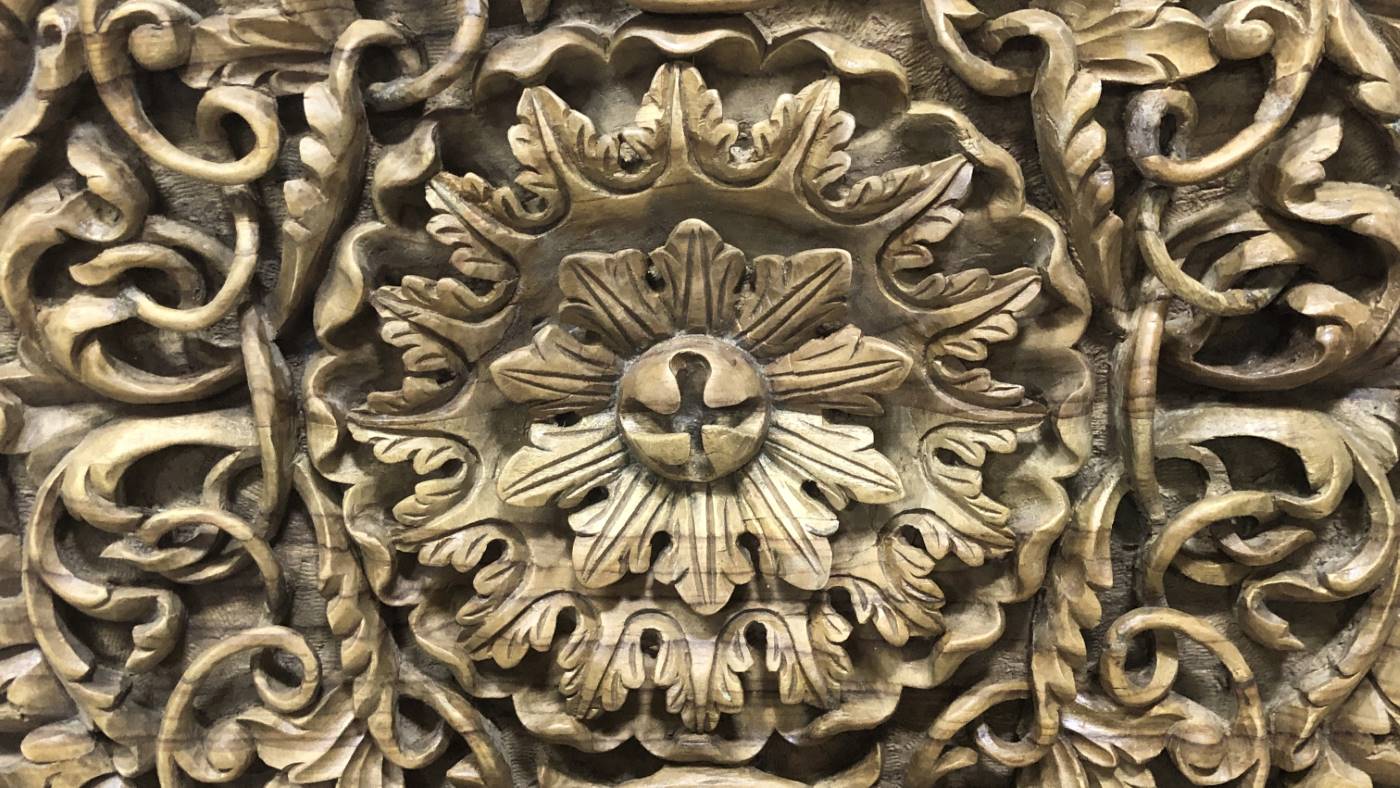Blog
Indian Carvings
Wood carving is a traditional craft in India, deeply rooted in the country’s rich cultural heritage and artistic expression. It plays a significant role in furniture making, where intricate designs and patterns are meticulously crafted into various pieces. Here are some key aspects of wood carving in Indian furniture making:
Historical Significance
1. Cultural Heritage: Wood carving has been practiced in India for centuries, influenced by various dynasties and regional styles. Each region has its own unique techniques and motifs, reflecting local traditions and beliefs.
2. Symbolism: Many carvings carry symbolic meanings, often depicting mythological themes, floral patterns, and geometric designs that represent prosperity, protection, and spirituality.
Techniques
1. Hand Carving: Skilled artisans use hand tools like chisels and gouges to carve intricate designs into wood. This process requires immense patience and precision, as each piece is often custom-made.
2. Lathes: In some regions, artisans employ lathe machines to create turned wood designs, which are commonly found in table legs and chair arms.
Regional Styles
1. Kashmiri Carving: Known for its delicate floral patterns and intricate details, Kashmiri woodwork often features walnut wood, which is prized for its rich colour and grain.
2. Rajasthani Carving: This style is characterized by bold, geometric patterns and often incorporates artistic inlay work with metals and stones.
3. South Indian Carving: Includes temple-style carvings with religious motifs, often seen in wooden pillars and other furniture pieces.
Materials
1. Types of Wood: Commonly used woods include teak, rosewood, and sandalwood, each chosen for its durability, workability, and aesthetic appeal.
2. Sustainability: There is a growing emphasis on using sustainably sourced wood to protect the environment while maintaining traditional crafting practices.
Modern Trends
1. Fusion Designs: Contemporary furniture makers are blending traditional carving techniques with modern designs, creating unique pieces that appeal to a global market.
2. Preservation of Craft: Efforts are being made to preserve and promote traditional wood carving skills through workshops and artisan cooperatives.
Conclusion
Wood carving in Indian furniture making is more than just a craft; it is an art form that reflects the country’s diverse cultural landscape. The intricate designs and skilled craftsmanship not only enhance the aesthetic value of furniture but also preserve a rich legacy that continues to thrive in modern times.
Take a look at this post for more information.


